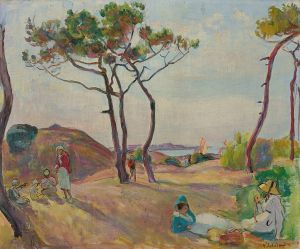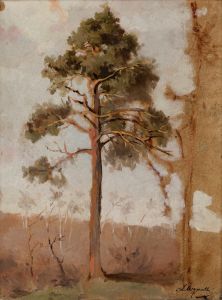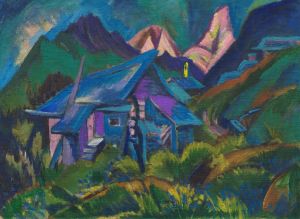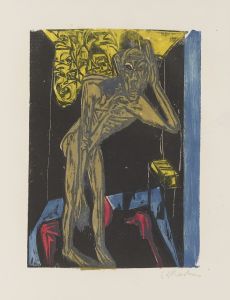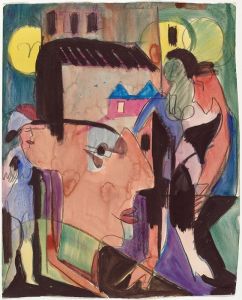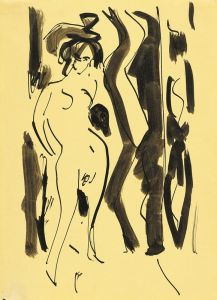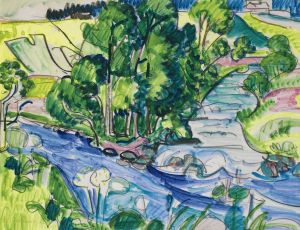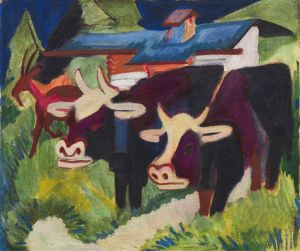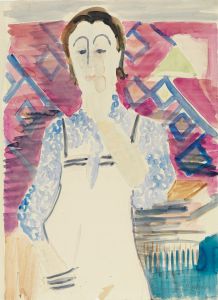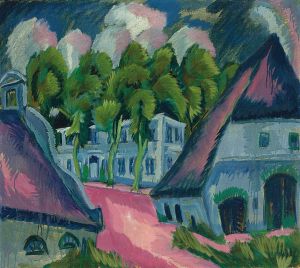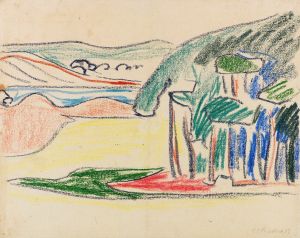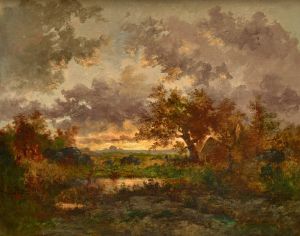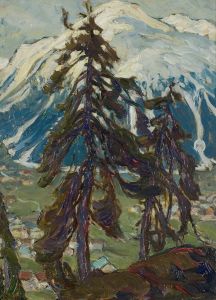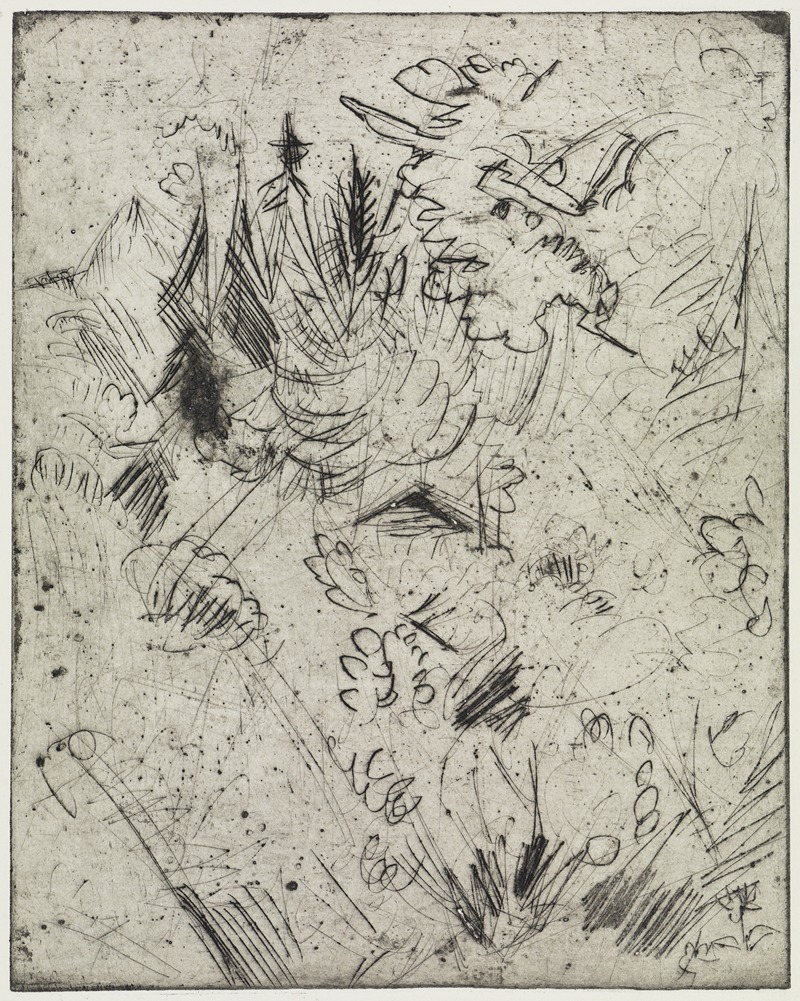
Berghang mit Hütten und Tannen
A hand-painted replica of Ernst Ludwig Kirchner’s masterpiece Berghang mit Hütten und Tannen, meticulously crafted by professional artists to capture the true essence of the original. Each piece is created with museum-quality canvas and rare mineral pigments, carefully painted by experienced artists with delicate brushstrokes and rich, layered colors to perfectly recreate the texture of the original artwork. Unlike machine-printed reproductions, this hand-painted version brings the painting to life, infused with the artist’s emotions and skill in every stroke. Whether for personal collection or home decoration, it instantly elevates the artistic atmosphere of any space.
Ernst Ludwig Kirchner, a prominent German expressionist painter and one of the founding members of the artist group Die Brücke, created the painting "Berghang mit Hütten und Tannen" (Hillside with Huts and Firs). This work is a representation of Kirchner's deep connection with nature and his interest in capturing the essence of the landscapes he encountered, particularly during his time in Switzerland.
Kirchner was born on May 6, 1880, in Aschaffenburg, Germany. He studied architecture in Dresden, where he met Fritz Bleyl, Erich Heckel, and Karl Schmidt-Rottluff, with whom he founded Die Brücke in 1905. This group aimed to create a new form of artistic expression that would bridge the past and the present, hence the name "Die Brücke," which means "The Bridge." The group was instrumental in the development of Expressionism, emphasizing bold colors, emotional intensity, and a departure from traditional artistic conventions.
"Berghang mit Hütten und Tannen" is indicative of Kirchner's mature style, which evolved significantly after he moved to Switzerland in 1917. The Swiss landscape had a profound impact on his work, offering him a refuge and a source of inspiration after the turmoil of World War I and his subsequent struggles with mental health. The painting reflects Kirchner's fascination with the natural environment and his ability to convey its dynamic and vibrant qualities through his unique expressionist lens.
In this painting, Kirchner employs a vivid color palette and dynamic brushstrokes to depict a hillside dotted with huts and surrounded by fir trees. The composition is characterized by its rhythmic flow and the interplay of colors, which create a sense of movement and vitality. Kirchner's use of color is not merely representational but is employed to evoke emotion and convey the atmosphere of the scene. The bold greens and blues of the landscape contrast with the earthy tones of the huts, creating a harmonious yet striking visual effect.
Kirchner's work during this period is marked by a simplification of forms and a focus on the expressive potential of color and line. This approach is evident in "Berghang mit Hütten und Tannen," where the forms are stylized and the perspective is flattened, drawing attention to the surface of the painting and the interplay of shapes and colors. The painting exemplifies Kirchner's ability to transform a simple landscape into a powerful expression of his inner experience and his connection to the natural world.
Throughout his career, Kirchner's work was deeply influenced by his personal experiences and the cultural and social changes of his time. His move to Switzerland and his immersion in the Alpine landscape provided him with a new context in which to explore his artistic vision. "Berghang mit Hütten und Tannen" is a testament to Kirchner's enduring fascination with nature and his ability to capture its essence through his distinctive expressionist style.
Ernst Ludwig Kirchner's contributions to modern art, particularly through his involvement with Die Brücke and his development of a unique expressionist language, have left a lasting impact on the art world. His works continue to be celebrated for their emotional depth, innovative use of color, and the way they capture the spirit of the early 20th century. "Berghang mit Hütten und Tannen" remains an important example of Kirchner's artistic legacy and his profound connection to the landscapes that inspired him.






